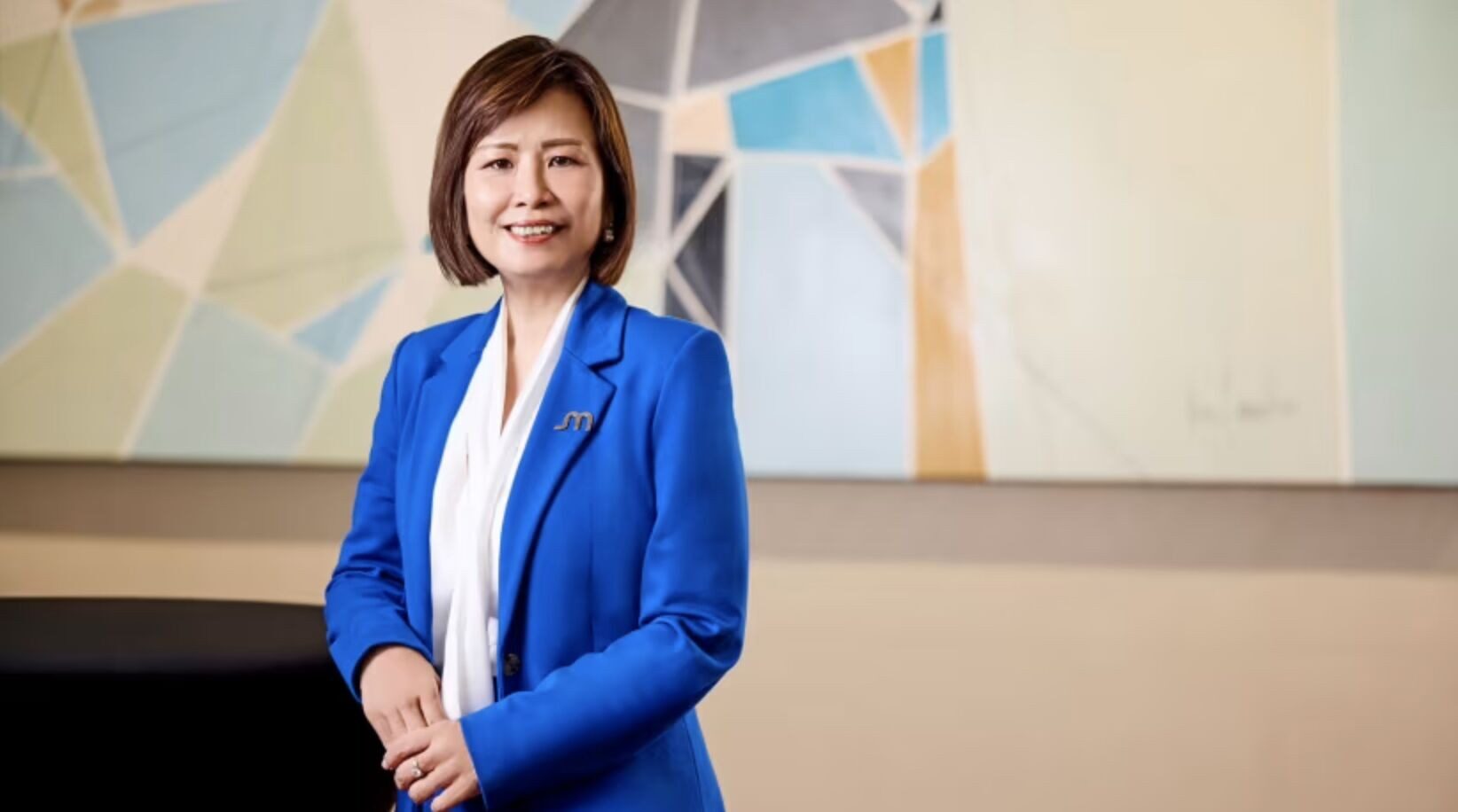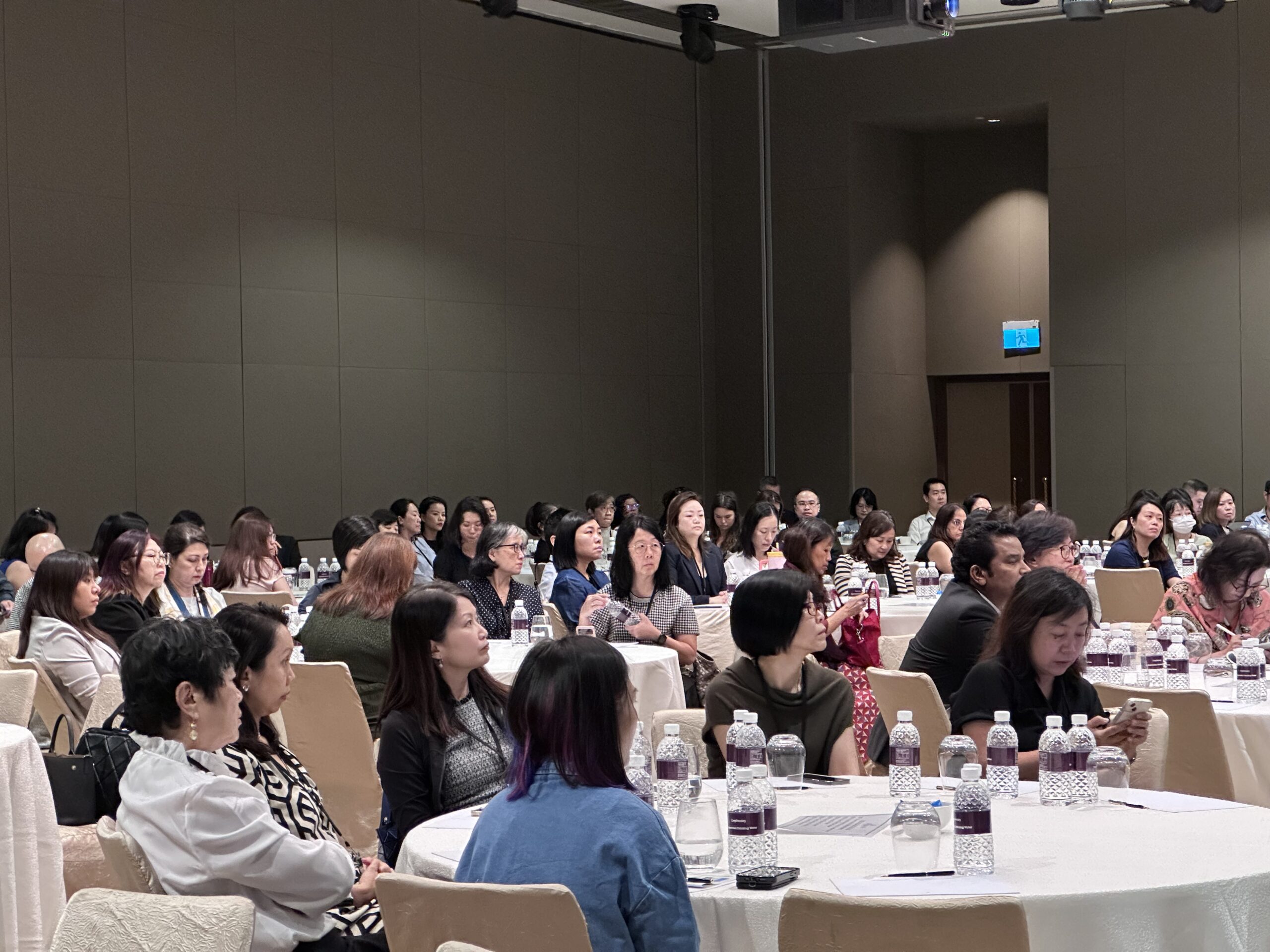Flexible work, stronger culture: What HR needs to know now
- Josephine Tan

The world of work has been irrevocably altered. While headlines may be dominated by the push and pull of return-to-office mandates, the resounding call for flexibility from the global workforce continues to grow louder.
For HR leaders, this presents a golden opportunity to architect a more human-centric, engaged, and productive workplace–one that leverages change to drive meaningful impact. The question is no longer if organisations should embrace flexible work, but how they can proactively build a culture where it thrives.
The journey begins with a fundamental shift in perspective: from managing presence to empowering people. This requires a deep understanding of what truly motivates and drives your employees, not as a collective, but as individuals.
The heart of remote success: Understanding the ‘why’
Flexible work benefits both employees and employers, with one in three senior leaders planning to abandon return-to-office mandates, according to The Choose Remote Toolkit report. Employees value remote work for more family time, cost savings, flexible schedules, and the ability to travel while working. However, advocating for these preferences can be challenging. HR leaders can bridge this gap by proactively adopting flexible work principles.

In our third conversation with Eli Chuah, Senior Solutions Solutions for Asia-Pacific at Remote, she emphasised the importance of understanding employees’ motivations. “Learning the ‘why’ of every team member and what motivates them will help ensure that they are constantly challenged at work and their personal goals are aligned with their professional goals,” she told HRM Asia. This requires creating safe spaces for open dialogue, where employees can discuss their responsibilities as employees, parents, or caregivers. By fostering empathy, HR can align individual needs with organisational objectives.
Chuah also highlighted the need to address doubts about remote work, especially as many organisations revert to hybrid or in-office setups post-Covid. “It’s common for employees to worry if remote working will affect their development or growth opportunities,” she noted and urged HR teams to clearly communicate career development paths to pressure employees that remote work supports long-term growth. By aligning flexible work and employee aspirations, HR can drive engagement and productivity.
The high cost of employee turnover is another persistent thorn in the side of any organisation. As The Choose Remote Toolkit revealed, the cost of replacing an employee can range from half to double their annual salary. A well-designed remote onboarding strategy is one of the most effective tools for mitigating this cost and boosting retention.
A thoughtful onboarding experience sets the tone for an employee’s entire journey with the organisation. “A well-designed onboarding experience will enhance a sense of belonging from the early days,” said Chuah. “With a structured onboarding experience including virtual onboarding, welcome sessions and team introductions, this will help create a sense of connection and value even if it is conducted remotely.” Those initial weeks are a critical window for shaping an employee’s perception of the organisation and their place within it.
Beyond fostering a sense of belonging, a structured onboarding process is about accelerating an employee’s time to productivity. “By provisioning clear role requirements, onboarding tasks and access required with milestones on a 30, 60 day model will help ramp up employees and get them to start contributing sooner,” she explained.
This clarity and structure also build a crucial foundation of trust. “A well documented and clearly communicated timeline will help build transparency and align expectations early on,” she added. When new hires know what to expect, they feel supported and confident in their new role.
Building a culture that embraces flexibility
Not all organisations are ready for flexible work, but HR leaders can take foundational steps to build a supportive culture. The Choose Remote Toolkit suggested starting with a strong organisational culture rooted in shared values. Chuah agreed, noting, “A clear set of core values helps employees feel connected, no matter where they are. When values align with the organisation’s mission, employees are more engaged and committed.”
A standardised onboarding process is another critical step. “Ensure new hires–regardless of location–get an immersive onboarding experience that integrates them into organisational culture,” Chuah advised. Continuous learning opportunities further reinforce this connection, helping employees grow with the organisation. Using unified platforms allows for local adjustments while maintaining a consistent employee experience.
Lastly, embracing asynchronous work is essential for globally distributed teams. “Clear communication and well-documented workflows allow employees to work efficiently across time zones,” said Chuah. This flexibility improves work-life balance and boosts productivity by reducing reliance on real-time collaboration.
READ MORE: Why the contractor boom in Asia-Pacific demands a rethink on talent strategy
A business case for flexibility is undeniable. According to Remote’s 2024 Global Workforce Report, 73.3% of organisations have lost employees to competitors offering more flexibility in the last six months alone. The story of a local telehealth organisation in Singapore serves as a testament to the benefits of embracing a global talent pool. With the help of Remote, they successfully set up a development centre in Vietnam, navigating the complexities of local compliance and benefits to build a competitive and comprehensive compensation package. “The Head of Operations was grateful for our support, especially in navigating local compliance and benefits structuring,” Chuah shared.
The Choose Remote Toolkit provided a 10-step guide for employees to advocate for flexible work, which HR can adapt to proactively support remote initiatives. Key steps include:
- Finding Your Tribe: Identify allies within HR and management to champion remote work policies.
- Be Prepared with Facts: Use data, like the high cost of employee replacement, to build a business case for flexibility.
- Emphasise Business Value: Highlight how remote work enhances productivity and retention, as seen in employees who thrive in remote settings and deliver their best work outside traditional office environments.
- Appeal to the Human Side: Recognise that preference for remote work can be deeply personal–just as Amanda Rock, Customer Advocacy Manager at Remote, experienced when she relocated from Asia to the US.
- Know When to Pivot: If an organisation’s culture does not align with flexible work, guide employees towards opportunities that match their values, using resources like Remote Talent.
The transition to a flexible work model is not without its challenges, but the rewards–in terms of talent acquisition, retention, engagement, and overall business success–are immense. As Chuah aptly puts it, “Offering flexibility as a benefit is already a big plus for employees.” By taking a human-centric approach, focusing on understanding and empowering employees, and building a culture of trust and transparency, HR leaders can guide their organisations into a new era of work, one that is more flexible, more productive, and ultimately, more human.
To learn more about how you can champion flexible work within your organisation, download The Choose Remote Toolkit today.
This is the third article in a six-part series on global talent strategy brought to you by Remote. In the next article, we will delve into the Benefits for Contractors: Why Offer Benefits (And How to Do it Compliantly) report to explore the drivers behind the shift to a blended workforce, the most impactful benefits for contractors, and how Remote supports organisations in offering them compliantly. Stay tuned for more.
Get the full picture–discover all six articles in this compelling series.
- The borderless workforce: Navigating the new era of global hiring in Asia-Pacific
- Why the contractor boom in Asia-Pacific demands a rethink on talent strategy
- Flexible work, stronger culture: What HR needs to know now
- Beyond the contract: How strategic benefits forge contractor loyalty in the blended workforce
- From chaos to control: Centralising global payroll with Remote
- Global growth, simplified: Navigating cross-border expansion with confidence






